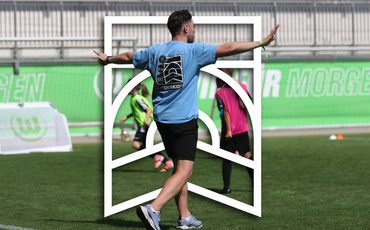Understanding Youth Sport Dropout: What It Is and Why It Matters
In this article, we dive into a critical issue facing young athletes and those who support them: youth sport dropout. Understanding why young people stop participating in sport is the first step toward creating more inclusive, enjoyable, and sustainable sporting environments.
What Is Youth Sport Dropout?
Youth sport dropout refers to the sustained discontinuation of participation in sport, most commonly in organised settings. While this might sound straightforward, the reality is far more complex. Dropout is not a single event—it’s a process influenced by a wide range of personal, social, and environmental factors that interact over time.
Research has identified over 150 reasons why young people drop out of sport. To make sense of this complexity, a recent study grouped these into 13 key dimensions:
- Lack of competence
- Reduced physical wellbeing
- Decreased mental wellbeing
- Lack of organisational ability
- Sport not being socially desirable
- Sport not being socially enjoyable
- Lack of social support
- Lack of opportunity to play
- Lack of material resources
- Lack of time
- Loss of external motivation
- Lack of internal motivation
- Lack of achievement motivation
These dimensions highlight that dropout is rarely caused by a single issue. Instead, it’s often the result of multiple, interconnected challenges that build up over time.
A Practical Model for Understanding Dropout
To help coaches and practitioners better understand and address dropout, we’ve developed a practical model that groups the causes into three main categories:
Personal Factors: These include a young person’s perceived and actual competence, their physical and mental wellbeing, and their motivations for participating in sport.
Social Factors: These relate to the social environment around the sport experience—how enjoyable and socially fulfilling it is, the level of support from peers and adults, and the overall motivational climate.
Environmental Factors: These cover external conditions such as access to facilities, availability of equipment, and the amount of free time a young person has to engage in sport.
Why This Matters
Understanding the reasons behind youth sport dropout is essential for anyone involved in youth sport—especially coaches. By recognising the signs and underlying causes, we can begin to design more supportive, flexible, and engaging sport experiences that keep young people involved for longer.
Watch the full video below
Comments
Related Pages


